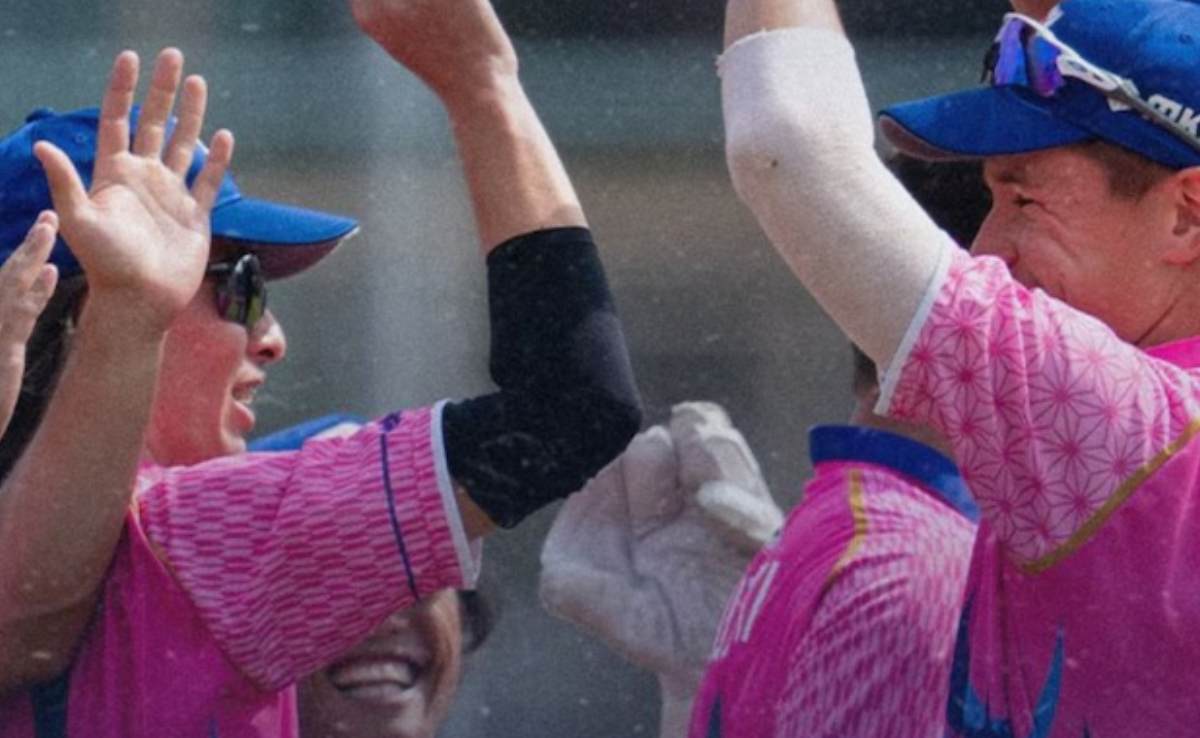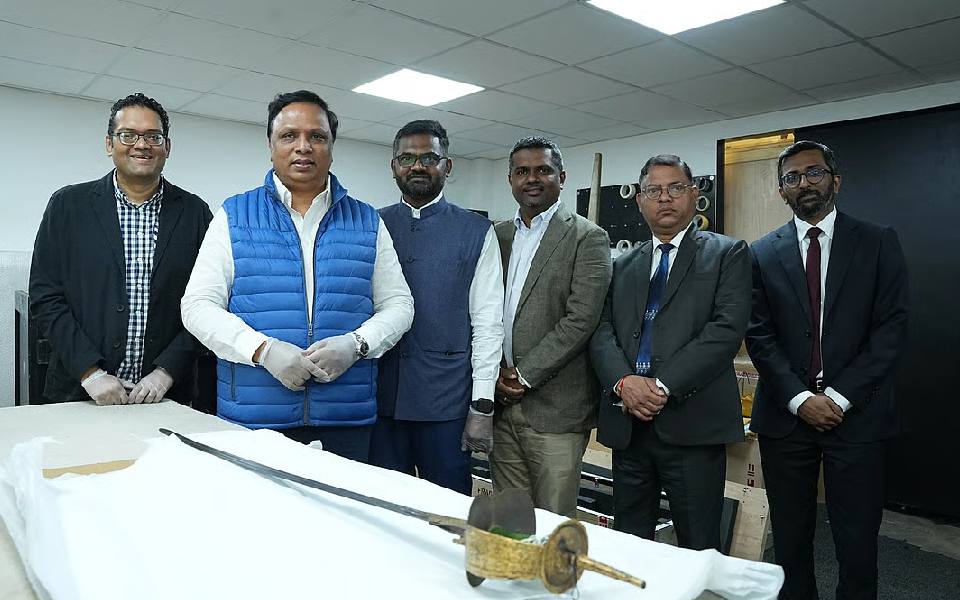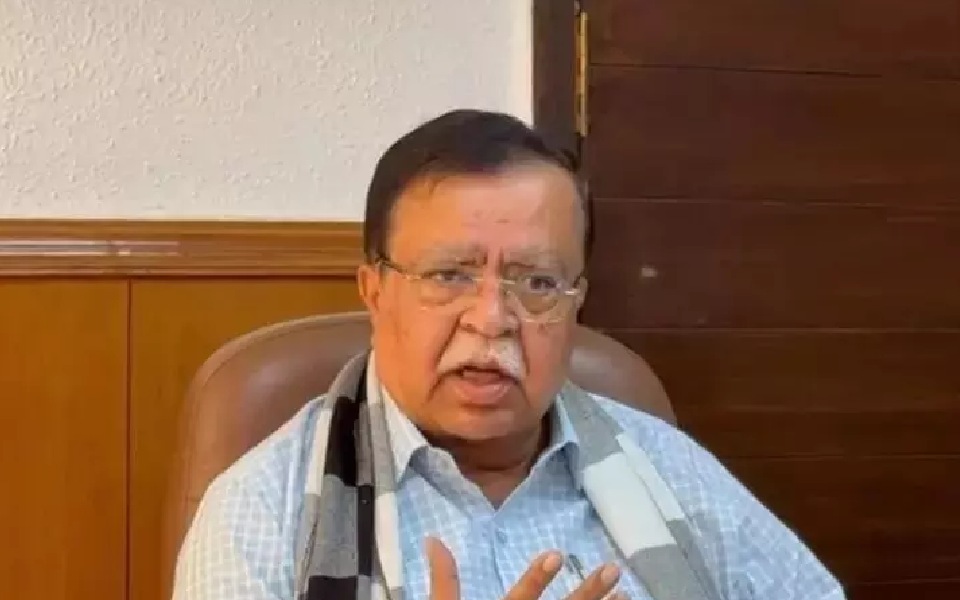SANO (JAPAN): Seven months after they made their international debut at the Asian Games, Mongolia capped an ignominious milestone when they were bowled out for 12, the second lowest score in T20 International history in a match against hosts Japan here on Wednesday.
In response to Japan's imposing 217 for 7 after the hosts elected to bat, Mongolia were folded in 8.2 overs, etching their name in the annals of infamy with the second lowest score in T20I history after Isle of Man's 10 all out against Spain in on February 26, 2023.
For Japan, 17-year-old left-arm seamer Kazuma Kato-Stafford returned with 5 for 7 from his 3.2 overs, while Abdul Samad (2/4) and Makoto Taniyama (2/0) bagged two each in the match held at the Sano International Cricket Ground.
Tur Sumaya (4 off 11) was the top-scorer for Mongolia, while opener Namsrai Bat-yalalt faced a maximum 12 deliveries. This was the second T20I of a seven-match series, while the third one, slated later in the day, did not yield any result.

In the first T20I, Mongolia were bowled out for 33 in reply to Japan’s 199 for 5, enduring a 166-run defeat.
This was Mongolia’s fifth T20I appearance, having made international debut at the Hangzhou showpiece where they made a group stage exit after losing both their matches.
In their first-ever international match, they were subjected to a massive total of 314/3 by Nepal, ultimately losing by 273 runs after being dismissed for 41.
According to the ICC, one Battulga Gombo was the ‘man behind cricket’ in the country.
“In 2014 he convinced the municipal park authorities to grant rights to develop an area of wasteland into a cricket ground, and in 2015, with his friend Chris Hurd, he launched the Mongolian Cricket Seed Appeal,” according to the ICC.
Since then the schools’ programme has grown, six provinces outside Ulaanbaatar are now playing the game, and indoor and outdoor tournaments are consistently being held throughout the year, it added.
Brief Scores:
Japan 217 for 7 in 20 overs (Sabaorish Ravichandran 69; Zoljavkhlan Shurentsetseg 3/32, Luvsanzundui Erdenebulgan 2/61).
Mongolia 12 all out in 8.2 overs (Kazuma Kato-Stafford 5/7, Abdul Samad 2/4, Makoto Taniyama 2/0) by 205 runs.
JAPAN WIN 🎌
— Japan Cricket Association|日本クリケット協会 (@CricketJapan) May 8, 2024
日本が205ラン差で勝利!
午後の開始時刻が、13:15に変更となりました。
Sabo with the bat, Kaz with the ball 👏
Afternoon game start time has been changed to 13:15.
🇯🇵 https://t.co/r2hV1kmYsz
🇬🇧 https://t.co/VKdJuKrI1D@mki_press|#japancricket #クリケット #日本代表 pic.twitter.com/9KLjTDy49c
Let the Truth be known. If you read VB and like VB, please be a VB Supporter and Help us deliver the Truth to one and all.
LONDON/MUMBAI: The Maharashtra government has acquired the sword of Raghuji Bhosale, founder of the Nagpur Bhosale dynasty and a distinguished commander in the Maratha army under Chhatrapati Shahu Maharaj, after winning it in an auction in London.
Cultural Affairs Minister Ashish Shelar formally took possession of the weapon on Monday. It is scheduled to arrive in Mumbai on 18 August, where it will be received with ceremonial honours, as reported by The Indian Express.
News of the sword’s availability surfaced on 28 April this year. Minister Shelar consulted Chief Minister Devendra Fadnavis, after which the government began preparations to participate in the auction.
A group of Marathi-speaking residents in London gathered to witness the handover. Hemant Dalvi, Deputy Director of the Archaeology Department, accompanied the minister during the formalities.
The sword is an 18th-century Maratha Firangi. It has a straight, single-edged European blade with a gold-inlaid Mulheri hilt and near the hilt is the European manufacturer’s name, while the spine bears a gold-inlaid Devanagari inscription reading “Shreemant Raghoji Bhosale Senasahib Subha Firang,” confirming its connection to Raghuji Bhosale. The hilt’s gold koftgari work and the green cloth-wrapped rounded pommel add to its rarity as Maratha weapons of the period typically lacked elaborate ornamentation or inscriptions.
Raghuji Bhosale I, ruled from Nagpur between 1695 and 1755. He expanded Maratha influence into Bengal, Odisha, Chanda, Chhattisgarh, Sambalpur and parts of southern India. His military campaigns, included victories over the Nawabs of Bengal, Cuddapah and Kurnool. The Nagpur kingdom was also known for its rich deposits of iron and copper, used for weapons and trade.
While few historians believe that the sword left India in the early 19th century, as part of the war booty taken by the British East India Company after their victory over the Bhosales at the Battle of Sitabuldi in 1817, others say it was taken later as a diplomatic gift.
The sword will be escorted from Chhatrapati Shivaji Maharaj International Airport to PL Deshpande Kala Academy in Dadar by a ceremonial bike rally upon its arrival in Mumbai next week. A cultural programme titled Gad Garjana will be held the same day in the presence of state dignitaries.
Minister Shelar described the acquisition as an important moment for Maharashtra’s heritage and extended his thanks to the Chief Minister, Deputy CM Eknath Shinde, and Deputy CM Ajit Pawar for their support in securing the artefact.





